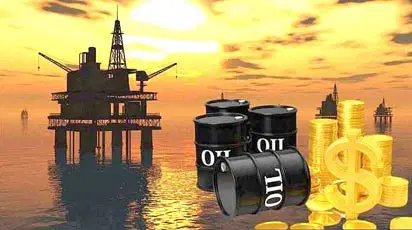Oil prices recorded slight gains on Wednesday as traders weighed the prospects of a potential peace agreement between Ukraine and Russia alongside expectations of a U.S. interest rate cut.
Brent crude futures rose 27 cents, or 0.43%, to $62.75 per barrel at 0512 a.m. WAT, while U.S. West Texas Intermediate (WTI) crude futures gained 24 cents, or 0.41%, to $58.19 per barrel.
Both benchmarks had fallen 89 cents on Tuesday after Ukrainian President Volodymyr Zelenskiy told European leaders he was ready to advance a U.S.-backed framework for ending the war with Russia, signalling that only a few points of disagreement remain.
IG market analyst Tony Sycamore said in a note quoted by Reuters that if the agreement is finalised, it could “rapidly dismantle Western sanctions on Russian energy exports,” a development that could push WTI prices down to around $55.
“For now, the market waits for more clarity, but the risk appears to be for lower prices unless talks falter,” Sycamore added.
U.S. President Donald Trump said he had instructed his representatives to meet separately with Russian President Vladimir Putin and Ukrainian officials. A Ukrainian government source also disclosed that Zelenskiy may travel to the U.S. within days to conclude the negotiations.
In recent months, Britain, Europe, and the U.S. have intensified sanctions on Russia as part of a renewed pressure campaign. Meanwhile, India’s purchases of Russian crude — a major outlet for Moscow since 2022 — are expected to fall to their lowest level in three years in December.
On the supply front, U.S. crude inventories declined last week, though fuel stockpiles increased. Analysts in a Reuters poll had earlier forecast a 1.86 million-barrel rise in U.S. crude stocks for the week ending November 21. The Energy Information Administration (EIA) will release official inventory figures at 10:30 a.m. ET (1530 GMT) on Wednesday.
Oil prices also drew support from expectations that the U.S. Federal Reserve could cut interest rates in December after recent data showed softer inflation and reduced retail spending. Lower interest rates would typically boost economic activity and strengthen oil demand.


















